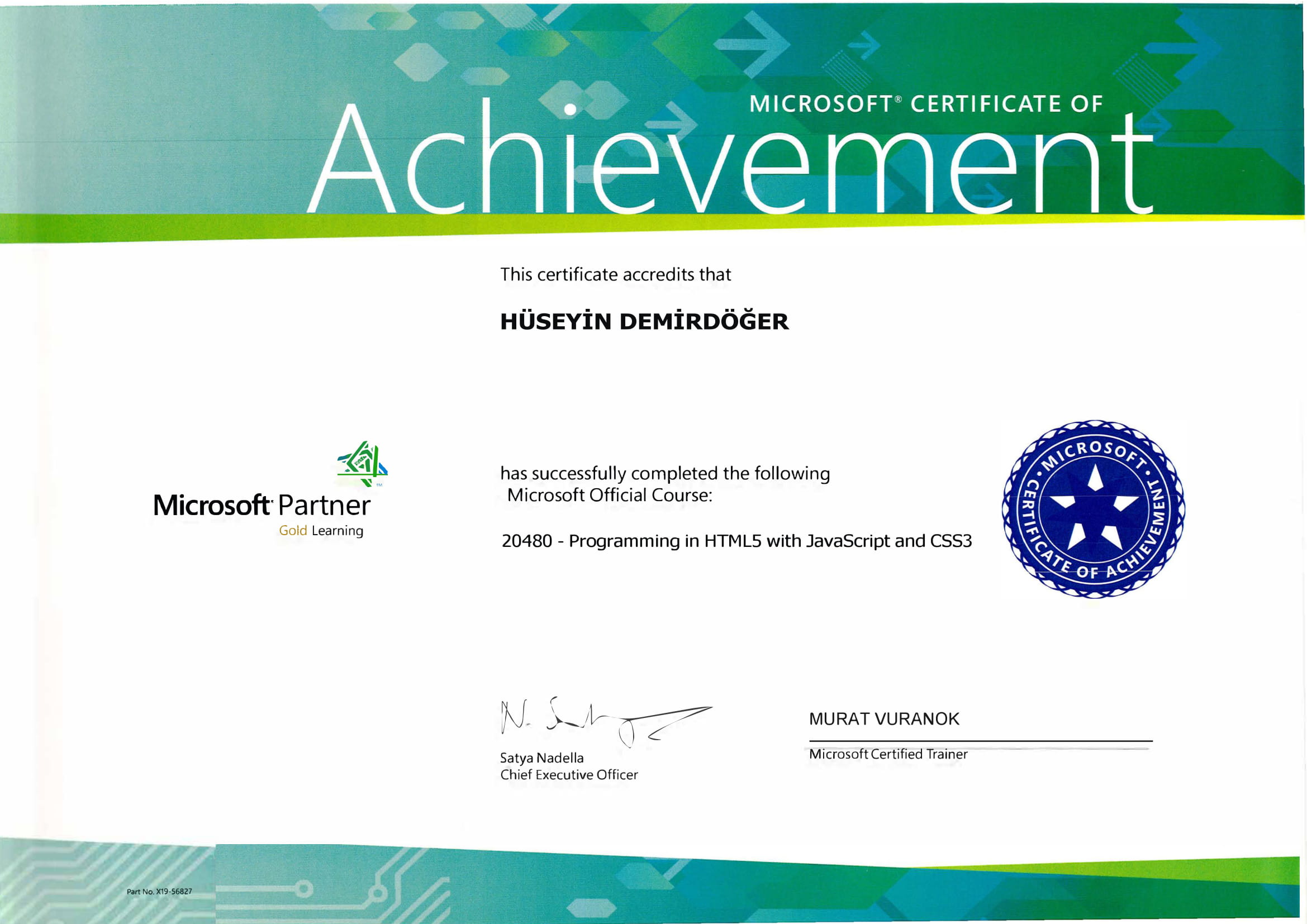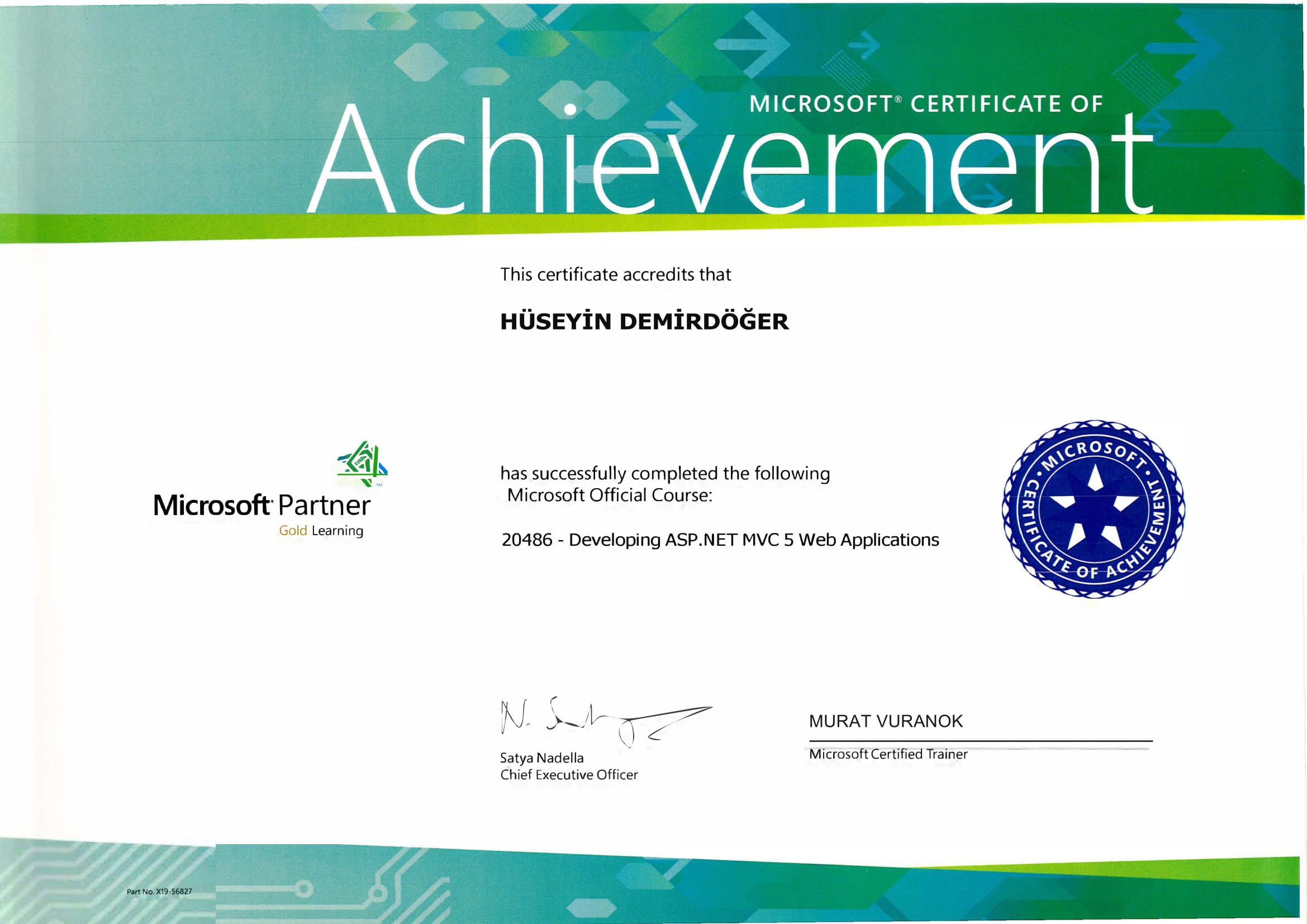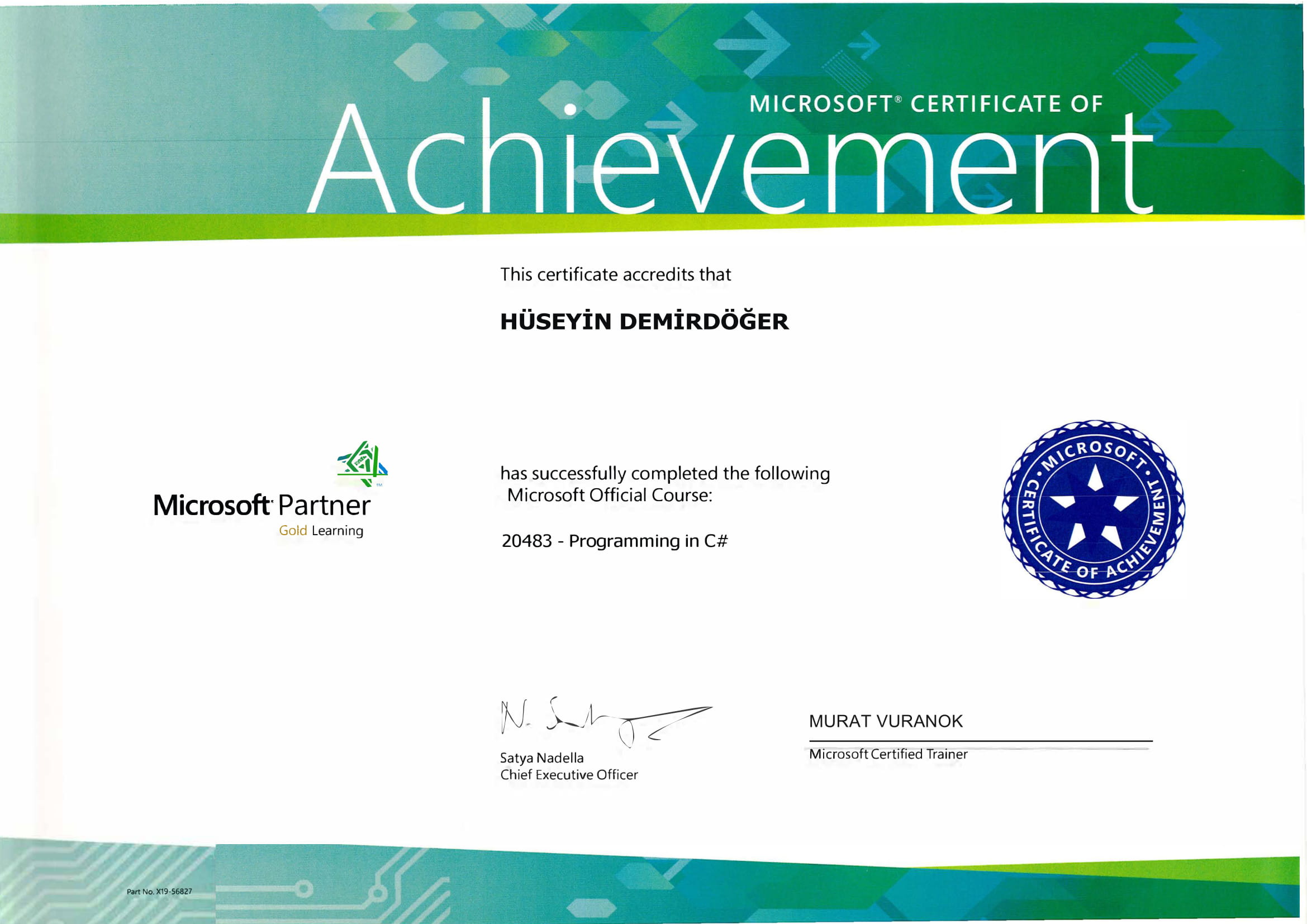Experiencing constant error codes during Windows updates can be frustrating, especially when a code like 0x8007001F pops up, seemingly out of nowhere. This error often plagues users during update processes, usually signaling issues with audio drivers, system installation, or media features. If you've encountered this error, you’re not alone, and fixing it may be simpler than it seems. I faced a similar situation once and discovered that a few practical steps could resolve things quite effectively.
Understanding the Error Code 0x8007001F
Before jumping to solutions, it’s important to know what the 0x8007001F error actually means. Generally, this error code relates to a generic failure in a multimedia subsystem, often leading back to audio driver failures. This can halt Windows updates, leading to further complications if not handled appropriately.
Causes and Common Situations
- Audio Driver Setup Issues: Sometimes, outdated or corrupted audio drivers trigger this error during updates.
- Installation Hiccups: If there’s an interruption during a Windows installation process, the error can surface.
- System Configuration Problems: Incorrect system settings or third-party software conflicts may also lead to this issue.
Step-by-Step Guide to Fix Windows Update Error 0x8007001F
Let’s go through some effective solutions, as these have worked for me and many others:
1. Update or Reinstall Audio Drivers
- Go to the Device Manager section in your Control Panel.
- Find your audio driver, right-click, and choose 'Update driver.'
- Alternatively, uninstall the driver and restart your computer, which prompts Windows to reinstall the default driver.
This approach related to Windows Error Code 0x80070103 where driver updates address associated issues.
2. Run Windows Update Troubleshooter
Windows offers a built-in troubleshooter to fix update-related issues:
- Navigate to 'Settings' -> 'Update & Security' -> 'Troubleshoot.'
- Select ‘Windows Update’ and run the troubleshooter.
Sometimes, the simplest solutions carry the most weight. What do you think about using built-in tools?
3. Clean Boot Your PC
Performing a clean boot helps identify problematic programs:
- Type 'msconfig' in the Run dialog.
- Go to the 'Services' tab and check 'Hide all Microsoft services', then disable the rest.
- Restart your PC to see if the error persists.
This method shares similarities with solutions for other errors like Error Code 0x8007007e, where clearing conflicting processes helps.
4. Check System Files
Corrupted system files might also lead to such errors. Here’s a cautious step:
- Open Command Prompt as an administrator.
- Run
sfc /scannowto automatically detect and repair corrupt files.
Many users find this is an effective solution across different scenarios, including issues highlighted in Error Code 0x80070005.
Seeking Further Assistance
If these steps don’t resolve the issue, it might be beneficial to refer to other resources or forums. External information from trusted sites like Microsoft Support can also provide additional guidance in resolving stubborn error codes.
Conclusion
In tackling Windows update errors like 0x8007001F, having the right approach is essential. From personal experience, a combination of driver updates, system checks, and cleanup processes can often work wonders. Keep these steps handy for next time — because let’s be honest, we've all been there and done that. If this was helpful, what other strategies would you recommend?


















